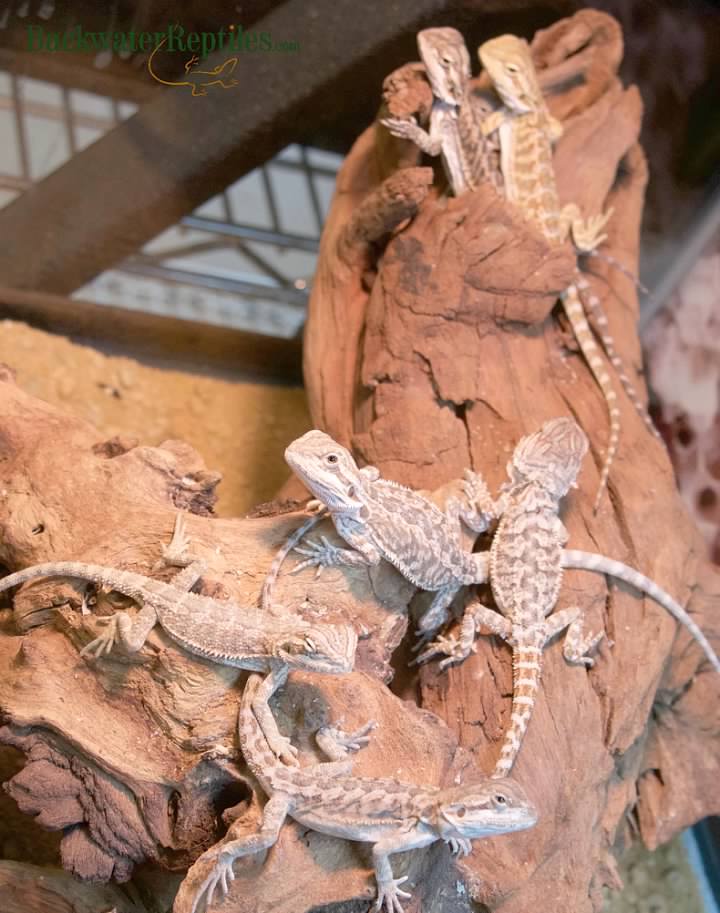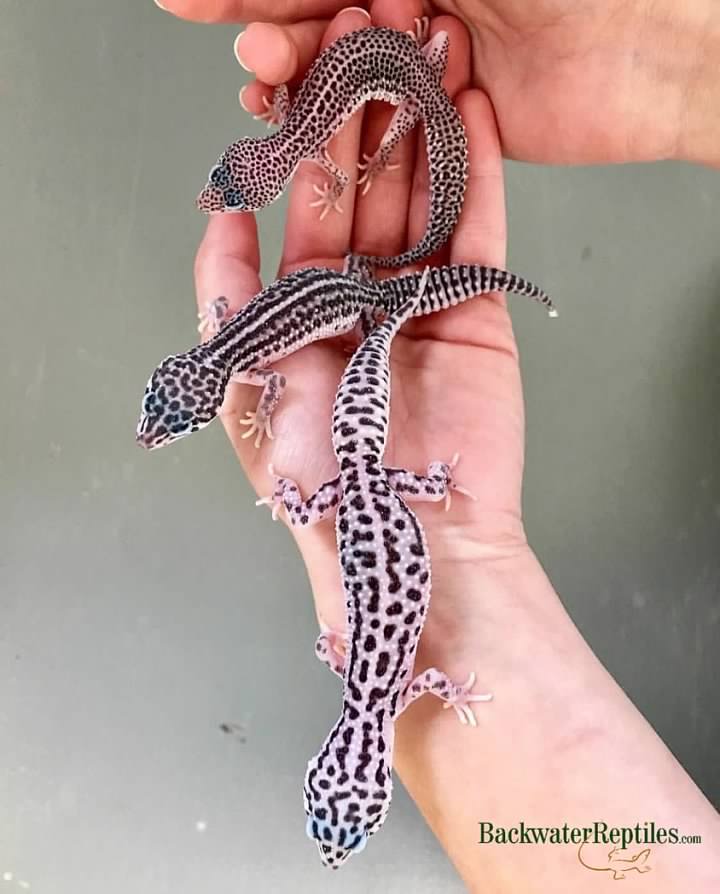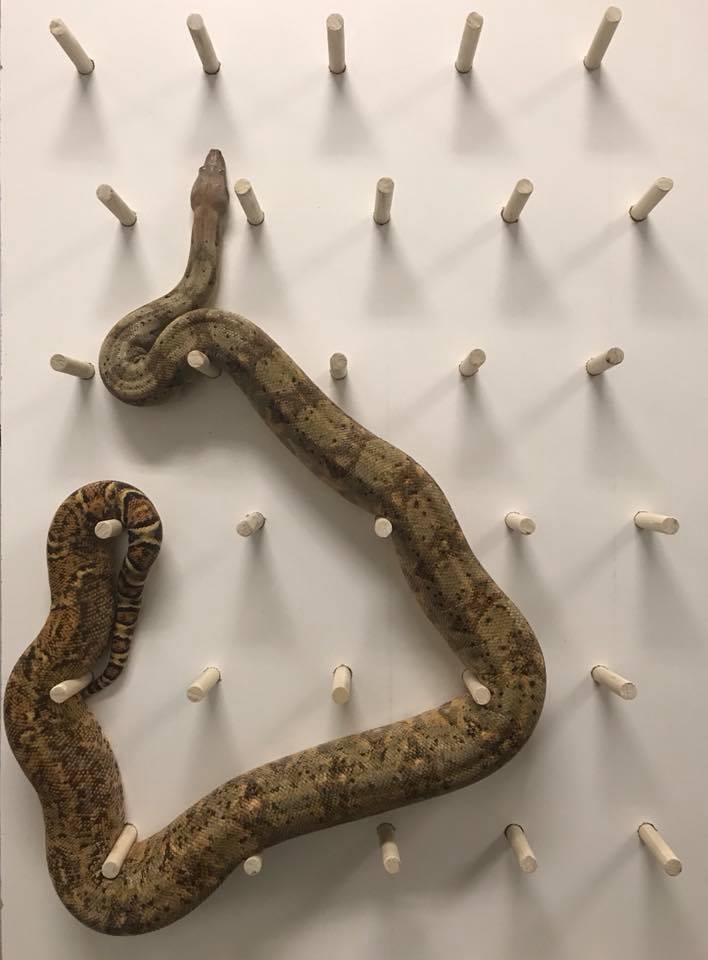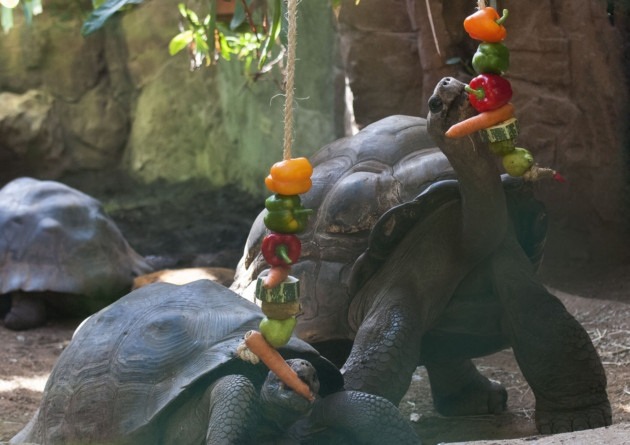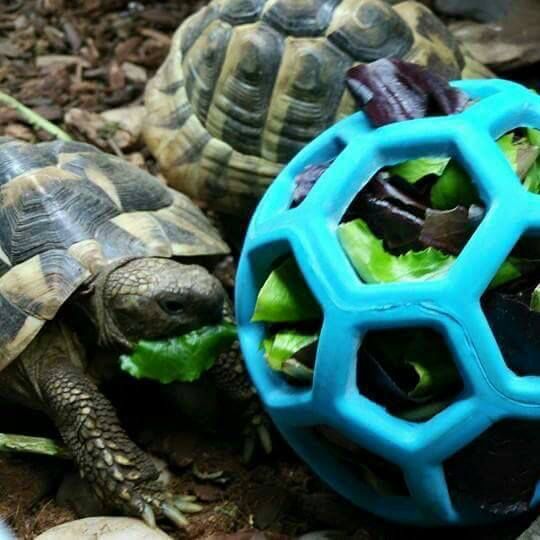Do reptiles pee? Is my reptile’s poop and waste normal? Buckle up – you’re about to read an entire article devoted to reptile waste elimination!
If you’re new to herpetology, you might be wondering what normal waste looks like. Should it be white? Solid or liquid? How often should you be cleaning it up? The truth is that poop consistency and frequency will vary depending upon the species, but there are some general guidelines to normal-looking waste and things to watch out for that might indicate a problem with your pet’s health.
Do reptiles pee?
Reptiles “drink” water differently than mammals do. Of course, they can drink it directly through their mouth, but did you know that many species can actually benefit from soaks or baths to keep them hydrated as well? They can also derive moisture through food they eat.
Why do we bring this up you ask? Well, because reptiles don’t typically drink water in the same manner as mammals, they also don’t urinate separately the way that mammals are accustomed to doing.
The short answer is that yes, reptiles do pee. However, in healthy reptiles, their pee is always accompanied by solid waste. They do not pee and poop separately.

What should my pet reptile’s poop look like?
Have you ever seen bird poop on a car, statue or sidewalk? It’s usually white and liquidy with some brown or black solid elements to it. Reptile waste is very similar to bird poop in this manner. The white and liquid parts are comparable to urine and of course, the solid part is the poop. So, reptiles poop and pee simultaneously for the most part.
When examining your reptile’s waste, you should notice three components. There should be a clear or yellowish liquid urine, a semi-solid white or opaque urate and a solid, brown or black poop.
It should be noted that depending upon your pet’s substrate, you may or may not notice the liquid element of the waste. Many substrates are fairly absorbent and therefore you may only notice white and black/brown stool.
How frequently should my pet reptile go to the bathroom?
Lizards will evacuate more frequently than snakes. Because snake metabolisms are pretty slow, they really only need to eat a meal once a week or so. Therefore, they poop less frequently since they eat less frequently.
Lizards with big appetites, such as bearded dragons, should be eliminating at least once per week, if not a bit more frequently. Fun fact: bearded dragons are notorious for pooping in their water dishes…particularly right after their owner changes the water!
In general, it’s also good to know that babies eliminate more frequently than adults.
There is no set schedule for when or how often your reptile should eliminate. The main thing you want to consider is what is normal for your pet. Your pet is likely healthy and fine unless you notice that it suddenly isn’t pooping and/or eating in its normal manner.

What if my pet reptile isn’t pooping?
If your reptile appears constipated, it could be a tell tale sign of dehydration. The solution? Lots of water of course.
You can start in the obvious place by making sure your pet has a bowl filled with fresh drinking water every day. You should also mist or spray water inside the enclosure so that your reptile can drink water off of leaves and other cage furniture.
Another really great option is to soak or bathe your reptile for 10-15 minutes in room temperature water daily until it poops. The baths will not only help hydrate your pet, they can also stimulate the digestive system. Many reptiles will poop in their water source or during baths. Actually, we’ve found that bathing can be an effective way to help keep your pet’s enclosure cleaner. It’s almost akin to toilet training!
Impaction could be another possible reason why your reptile isn’t using the bathroom. This is when your pet has accidentally ingested something that blocks its digestive tract, typically substrate. For this reason, we do often advise that owners feed their pets outside of their usual enclosure.
Finally, if you still can’t get your pet to poop after lots of baths, you can try administering a natural laxative. For reptiles, this could mean anything from a few drops of olive oil, some juice/water mixture with no added sugar, or even pureed squash. There are lots of options that are easy on the digestive system and natural too.
How do I clean up reptile waste?
Most reptile owners choose to spot clean their pet’s enclosure as needed. You can scoop out dirty substrate and change out water dishes as needed.
We recommend wearing gloves to handle reptile waste. Depending upon the type of substrate your pet has, you can buy special poop scoopers to accommodate and make clean up easy.
Eventually, you will need to clean your pet’s entire enclosure. That is an entirely different blog article topic though! But just know that it’s always a good idea to clean at least monthly to combat bacteria and keep your pet reptile in peak health.
Arboreal reptiles such as chameleons will tend to poop on the plants and perches within their enclosure. This can make spot cleaning a pain in the rear end, but it is still necessary to keep your animal healthy.
We’d also like to note that this article discusses terrestrial reptile elimination. Aquatic turtle poop is a completely different topic, mainly because the clean up process is much different due to water filters, pH levels and aquatic environments.

Conclusion
While it might seem like a strange thing to pay close attention to your herp’s stool, in truth, it’s a very good indicator of your pet’s health. We recommend noting how often your pet uses the bathroom and checking to make sure that whatever waste you do clean up appears normal according to the guidelines in the article above.
If you notice anything strange or your reptile’s pooping habits are suddenly different, it could be a sign that there is a problem. You might need to adjust temperatures, humidity levels, feeding habits or all of the above.
Have reptile poop questions? Ask us in the comments! You can also email our knowledgable customer service team at sales@backwaterreptiles.com. We’re happy to help.






